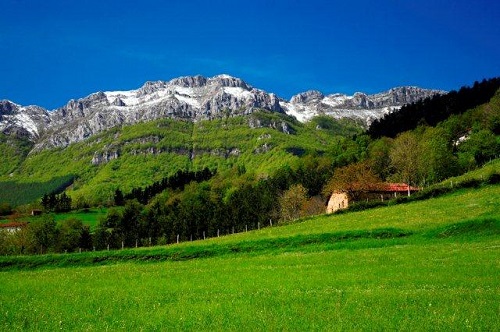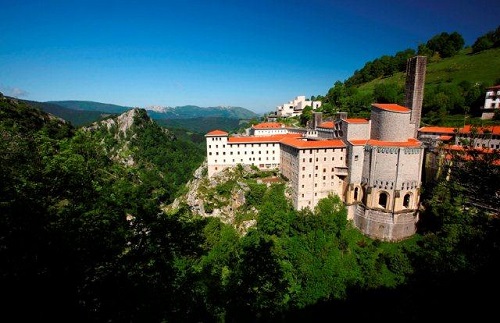
The Basque Coast
The sea is a great protagonist of the Basque landscape and history. The fact is that the Basque Country has more than 250 kilometres of coast where you can visit beautiful fishing villages, beaches surrounded by nature where you can do water activities such as surfing, impressive cliffs and natural spaces of singular value either due to their biodiversity or geology.
Along the coast there are several seafaring towns worthy of being visited, that invite you to stroll through the narrow streets and admire their pretty ports at the same time as delighting the palate tasting fresh products from the sea accompanied by a nice glass of txakoli.
We can also discover great monuments such as the suspension bridge of Bizkaia, declared World Heritage Site by UNESCO in 2006, and the enclave San Juan de Gaztelugatxe that, away from the city centres, has been a setting in the famous television series Game of Thrones.
Regarding natural spaces, mention should be made of the Geopark of the Basque Coast with its 13 kilometres of cliffs that thanks to the Flysch, a formation of layers of rock, tells us, as if it were a book, the history of more than 60 million consecutive years of our planet. Finally, the Urdaibai Biosphere Reserve has a landscape of marshes full of life, with an spectacular observatory with privileged views, a must for bird lovers.


